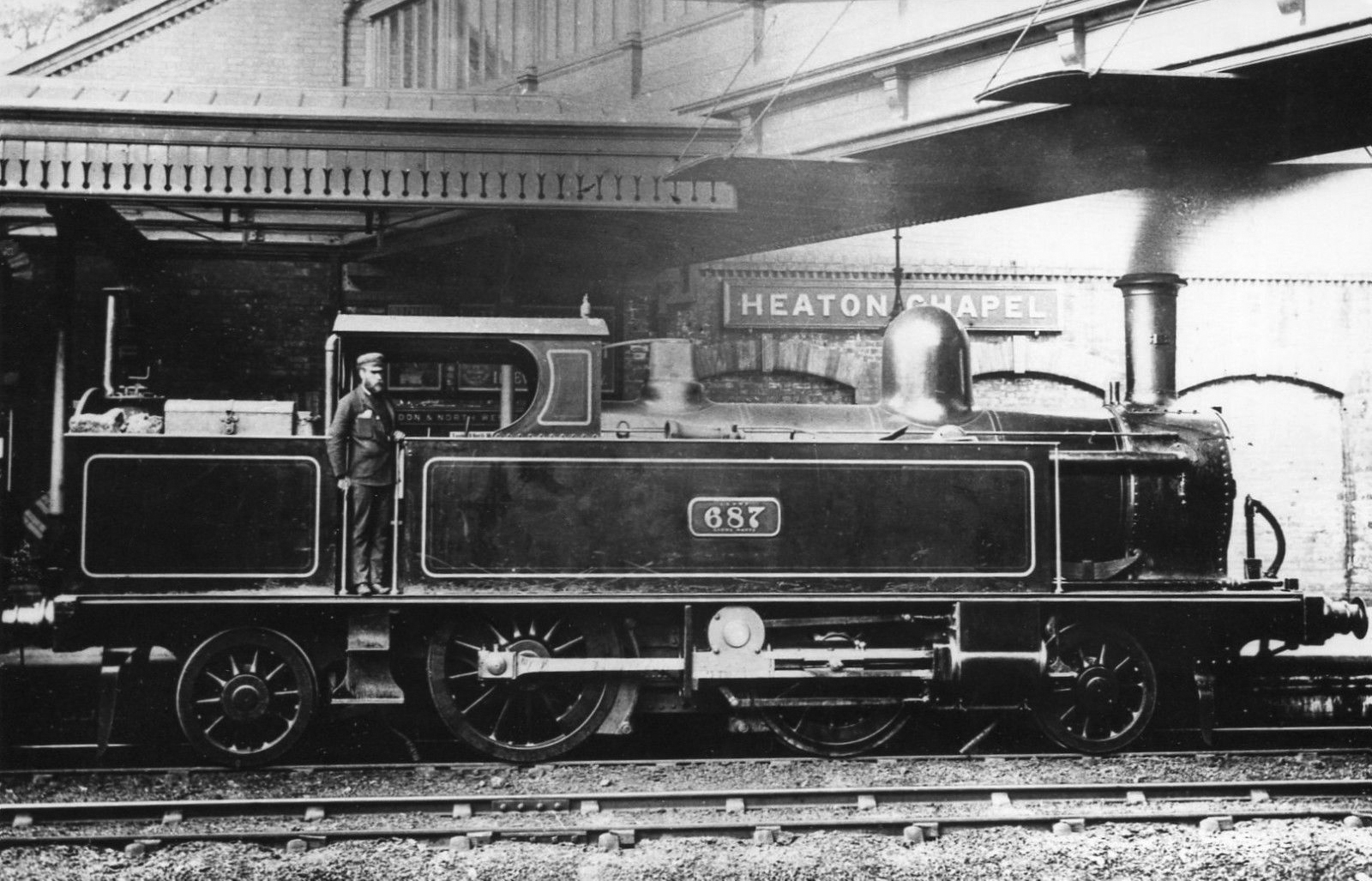2-2-2-2 on:
[Wikipedia]
[Google]
[Amazon]
 Under the
Under the
 Under the
Under the Whyte notation
Whyte notation is a classification method for steam locomotives, and some internal combustion locomotives and electric locomotives, by wheel arrangement. It was devised by Frederick Methvan Whyte, and came into use in the early twentieth cen ...
for the classification of steam locomotives, 2-2-2-2 could represent either the wheel arrangement
In rail transport, a wheel arrangement or wheel configuration is a system of classifying the way in which wheels are distributed under a locomotive. Several notations exist to describe the wheel assemblies of a locomotive by type, position, and c ...
of two leading wheel
The leading wheel or leading axle or pilot wheel of a steam locomotive is an unpowered wheel or axle located in front of the driving wheels. The axle or axles of the leading wheels are normally located on a leading truck. Leading wheels are used ...
s, four powered but uncoupled driving wheels, and two trailing wheel
On a steam locomotive, a trailing wheel or trailing axle is generally an unpowered wheel or axle ( wheelset) located behind the driving wheels. The axle of the trailing wheels is usually located in a trailing truck. On some large locomotives, ...
s; or of two independent leading axles (not in a bogie truck), two driving wheels, and two trailing wheel
On a steam locomotive, a trailing wheel or trailing axle is generally an unpowered wheel or axle ( wheelset) located behind the driving wheels. The axle of the trailing wheels is usually located in a trailing truck. On some large locomotives, ...
s.
Usage
The (2-2)-2-0 wheel arrangement, or (2-2) -2-0, was first used on five locomotives introduced on theEastern Counties Railway
The Eastern Counties Railway (ECR) was an English railway company incorporated in 1836 intended to link London with Ipswich via Colchester, and then extend to Norwich and Yarmouth.
Construction began in 1837 on the first nine miles at the Lond ...
by John Chester Craven
John Chester Craven (born 1813 in Hunslet, Leeds) was an English locomotive engineer. He was the locomotive, carriage and wagon superintendent of the London, Brighton and South Coast Railway from 1847 until his resignation in 1870. He died in 188 ...
in 1846/7.
The 2-(2-2)-0 version was used by Francis Webb of the London and North Western Railway between 1885 and 1887 on two unique divided drive compound
Compound may refer to:
Architecture and built environments
* Compound (enclosure), a cluster of buildings having a shared purpose, usually inside a fence or wall
** Compound (fortification), a version of the above fortified with defensive struc ...
tank locomotive
A tank locomotive or tank engine is a steam locomotive that carries its water in one or more on-board water tanks, instead of a more traditional tender. Most tank engines also have bunkers (or fuel tanks) to hold fuel; in a tender-tank locom ...
s, No. 687 (1885) and No. 600 (1887). He then produced two tender engine
A tender or coal-car (US only) is a special rail vehicle hauled by a steam locomotive containing its fuel (wood, coal, oil or torrefied biomass) and water. Steam locomotives consume large quantities of water compared to the quantity of fuel, ...
classes each of ten locomotives: the LNWR Greater Britain Class (1892-1894) and the LNWR John Hick Class (1894-1898). The locomotives were never reliable and Webb's successor George Whale
George Whale (7 December 1842 – 7 March 1910) was an English locomotive engineer who was born in Bocking, Essex, and educated in Lewisham, London. He worked for the London and North Western Railway (LNWR).
Career
In 1858 he entered the LNWR ...
withdrew them all within three years of taking up office in 1903.
See also
*John Hick
John Harwood Hick (20 January 1922 – 9 February 2012) was a philosopher of religion and theologian born in England who taught in the United States for the larger part of his career. In philosophical theology, he made contributions in the area ...
References
{{Whyte types 22,2-2-2-2